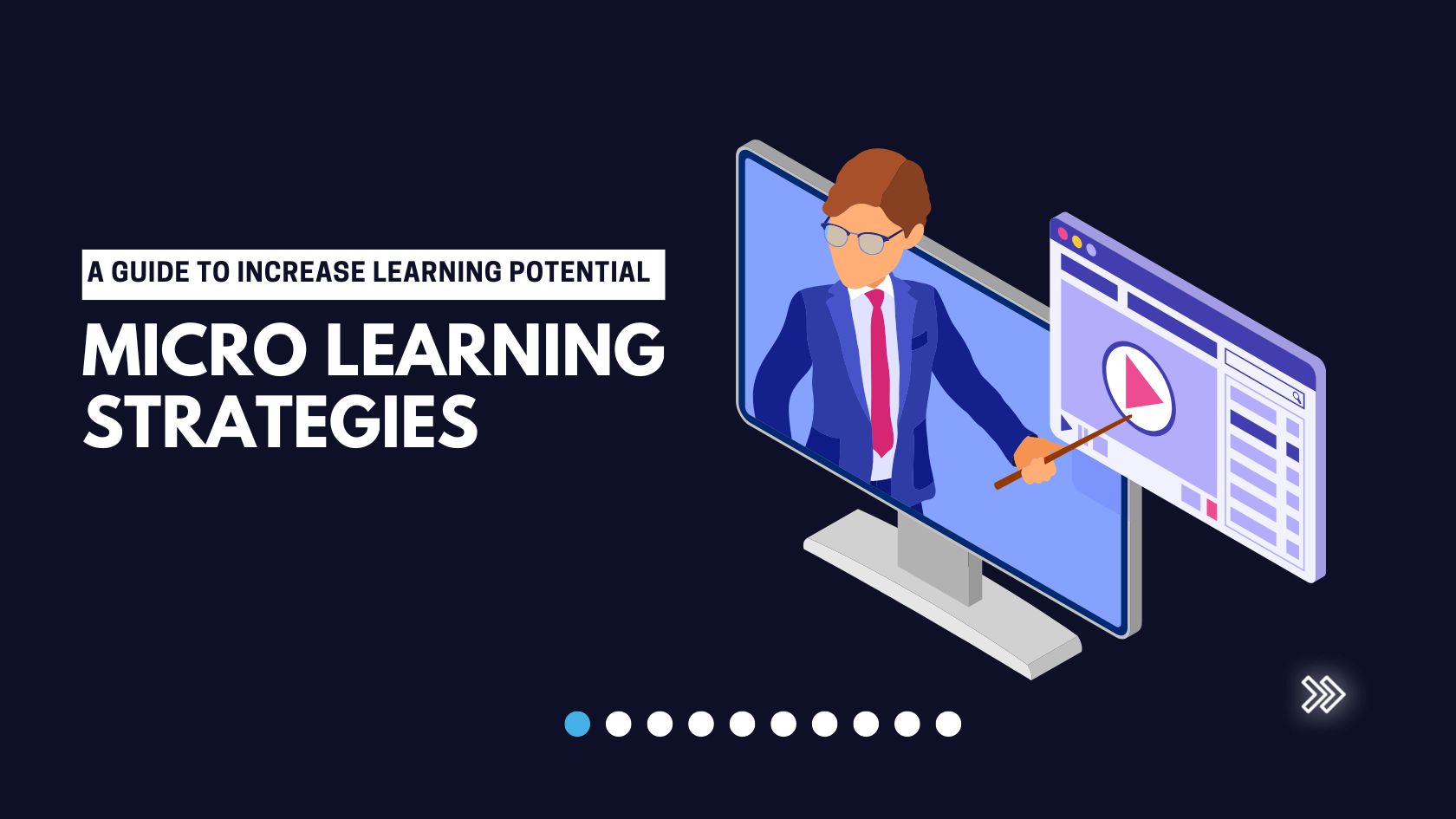Marketing Automation’s Star Is Rising
Page Contents
Marketing automation software is all about automating the customer interaction process from campaign formation through lead generation, all the way to initial sale and repeat business. It can take the time out of tedious tasks and greatly increase efficiency.
It is growing at a tremendous rate. Raab Associates, a consulting firm for marketers, estimates revenues for B2B marketing automation systems exceeded $1.2 billion in 2014 and projects growth of 40 percent in 2015. More than 140,000 businesses currently utilize marketing automation software, according to Marketing Automation Insider.
Given this strong growth, what are some key marketing automation trends?
Marketing Automation Trends and CRM Apps
Marketing automation is part of a larger universe that includes CRM and sales. When one looks solely at the marketing arena, marketing automation software is clearly popular. The 2015 State of B2B Marketing report by Salesforce.com found that 84 percent of B2B marketers planned to increase or maintain technology spending in 2015, with marketing automation one of their top budget priorities.
Yet marketing automation is by no means front-and-center when it comes to the purchase of CRM applications. According to Software Advice, sales automation outguns marketing automation by quite a margin: 91 percent compared to 30 percent, according to a recent survey. But many buyers request both and seek to integrate them as a means of providing a single source of customer data, the research firm noted.
The trend is toward greater unification of sales and marketing functions. Sean Alpert, senior director of Product Marketing at Salesforce.com, has noticed the lines blurring between the two. “Customers want a seamless customer experience from the companies they do business with,” he explained.
This alignment enables marketing and sales teams to tailor their marketing material by, for example, addressing questions users most frequently ask sales reps. This is not integration for its own sake; done correctly, it results in a steep rise in sales-ready leads.
Marketing Automation Trends and the Sales Cycle
Another marketing automation trend mentioned by experts is a shift in the B2B sales cycle. In the old days, long sales cycles prevailed and the sales rep was engaged with the customer throughout the entire process. Depending on the product, the sales cycle might last several weeks or stretch to a year or more. These days, though, prospects tend to research various options online and often engage with companies only when they are close to buying, said Adam Blitzer, senior vice president and GM at Salesforce Pardot.
That shift in sales dynamics makes it tough to be effective in marketing. While actions by prospects present plenty of engagement opportunities, most companies lack the visibility or context they need to understand why a prospect takes a particular action. For example, they know an email was opened, but don't how long the recipient was engaged with it or what he did next.
Speed, too, plays a part. By the time the sales team receives the intelligence, the moment of engagement has passed and it's too late to act on it. Without a marketing automation platform that assembles these individual data points into insights, therefore, there is no way to enable marketing and sales teams to react in time to influence the sale in their favor.
“B2B marketing automation is the best way to make sure your sales and marketing teams are connected and providing a personalized, seamless experience to your prospects and customers during the buying cycle,” Blitzer said.
Marketing Automation Key to Post-sales Success
Their job is far from easy. As well as the previously mentioned change in the sales cycle, the focus of sales efforts is also shifting dramatically. For many years, sales and marketing teams focused most of their attention on attracting new customers. While this remains important, post-sales engagement appears to be overtaking initial sales, said Andy MacMillan, CEO of Act-On Software.
“Post sales is the new sales, as more revenue moves to the renewal ledger in the subscription economy,” he said. “Marketers need to be lifecycle oriented and look to automate their customer engagement strategy.”
Those that are aware of this trend, MacMillan said, understand the value of marketing automation as their roles evolve into becoming the new stewards of customer relationships.
Drew Robb is a freelance writer specializing in technology and engineering. Currently living in Florida, he is originally from Scotland, where he received a degree in geology and geography from the University of Strathclyde. He is the author of Server Disk Management in a Windows Environment (CRC Press).

Drew Robb is a writer who has been writing about IT, engineering, and other topics. Originating from Scotland, he currently resides in Florida. Highly skilled in rapid prototyping innovative and reliable systems. He has been an editor and professional writer full-time for more than 20 years. He works as a freelancer at Enterprise Apps Today, CIO Insight and other IT publications. He is also an editor-in chief of an international engineering journal. He enjoys solving data problems and learning abstractions that will allow for better infrastructure.


